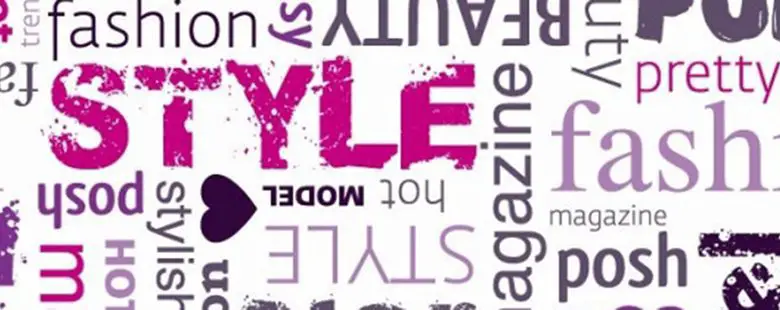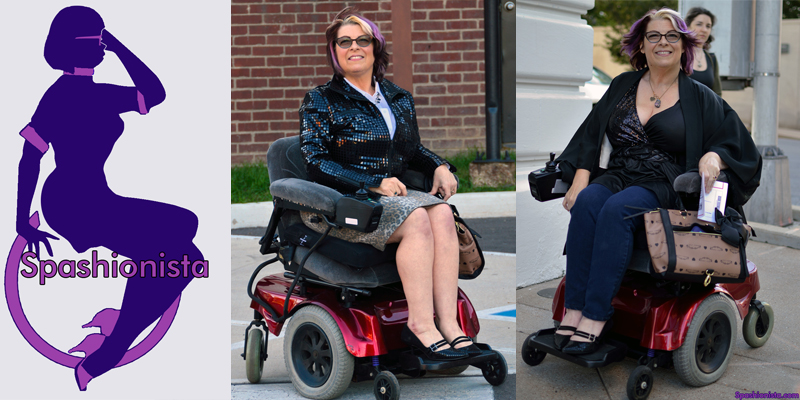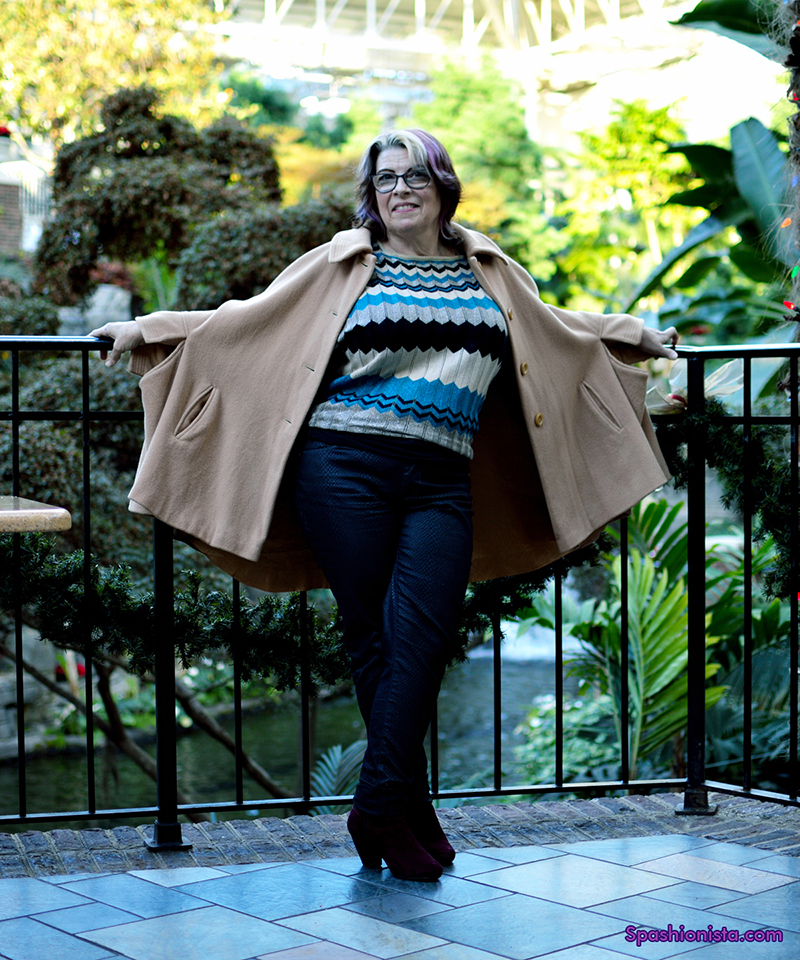
Disability and fashion: a spashionista’s guide to shopping
My name is Alicia Searcy, also known as Nashville’s disabled style blogger extraordinaire, the Spashionista (short for Spastic Fashionista). I have Cerebral Palsy, a neurological disorder caused by a lack of oxygen at birth. In my case, it manifests in the form of facial tics, difficulty in moving correctly, and lack of fine motor skill control.
As the Spashionista, I share my passion for style through fashion, trends, and a glimpse at life in Nashville. I also work to gain wheelchair accessibility in local shops and venues that are connected with the fashion industry. Most importantly, I advocate for broader choices in fashion for the disabled, curvy, and over 40 demographic, as well as body positivity and social acceptance of oneself and others.
I’m honored to be writing about style and fashion for Disability Horizons. My hope is to share some of what I’ve learned about style and fashion, because it’s such a joyous subject. But I also want to hear from you in the form of feedback and questions. Your perspective matters, and it can only serve to expand my own.
 I’d like to start by introducing you to a system I devised called BODS. BODS is an acronym that makes shopping for clothing a little less daunting. It stands for budget, occasion, disability, and shape/style, and it’s the encapsulation of everything you need to know to have the ultimate wardrobe that works exclusively for you.
I’d like to start by introducing you to a system I devised called BODS. BODS is an acronym that makes shopping for clothing a little less daunting. It stands for budget, occasion, disability, and shape/style, and it’s the encapsulation of everything you need to know to have the ultimate wardrobe that works exclusively for you.
- Budget – This much-maligned term should be approached from a positive point of view instead of from a place of limitation. While it’s true that your money seems to buy less with each passing day there’s no reason why you shouldn’t always try to get the best value for the lowest price. This is especially true for the majority of the disabled for whom disposable income and transportation to shops and tailors can be hard to come by.
Another aspect of your clothing budget is determined by how often you will wear a garment or an accessory. It’s okay to spend a little more on things you’ll wear often because you’re spreading the cost over time.
- Occasion – Your wardrobe should be appropriate for the places you go, the people you’re with, and the events in which you’re participating. If you work in an office, you won’t last long if you wear sweats or a tube top. On the other end of the spectrum, you’ll seem oddly out of place if you wear a formal dress to a sporting event. Having a sense of occasion doesn’t require a huge wardrobe, but you do have to be aware of what you need to own that truly suits your lifestyle.
- Disability – Those of us with a physical disability have to take this into account with every article of clothing we wear. Function is just as important as fashion, and what works in conjunction with different conditions and mobility aids varies from person to person.
For example, if you’re on crutches, chances are good you can’t walk on 4″ heels, whereas if you’re in a wheelchair these may be quite doable. You may want to rethink a very short skirt if you’re accustomed to spasms or tics because you may inadvertently show off more than you intended.
- Shape – Here’s where your body type comes into play. Take a little time to figure out what your true shape and size are. Every body type has its blessings and its curses. If you’re smart, you’ll quickly learn how to maximize the former while minimizing the latter.
- Style – This is the fun part, developing your own sense of style. Not to be confused with trend, your style tells the world who you are. Fashion and trends are the tools; style is the end result. It’s about self-respect and body positivity as much as it is self-expression, and offers the people you meet a sense of who you are that transcends your disability.
Try the BODS system out next time you shop for clothing or accessories and let me know if you find it helpful.
By Alicia Searcy
Get in touch by messaging us on Facebook, tweeting us @DHorizons, emailing us at editor@disabilityhorizons.com or leaving your comments below.

